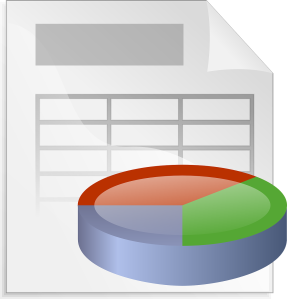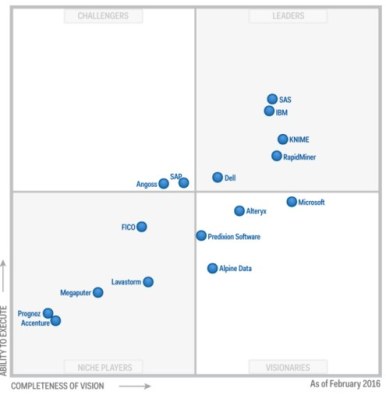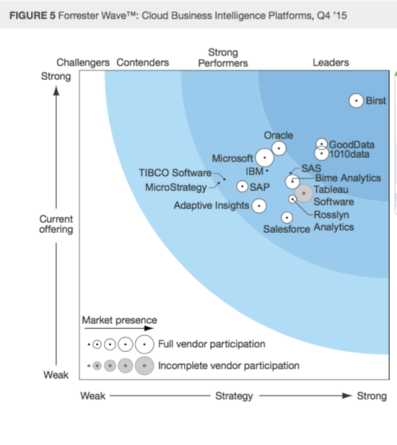
Hard to believe but Business Intelligence (BI) has been around for 20 + years now in various guises ranging from Microsoft Excel spreadsheets to Oracle Discoverer adhoc querying to Oracle Business Intelligence (OBIEE) Dashboards created from views of the Financial, Supply Chain and CRM data gathered on eBusiness Suite Applications. Here’s what I’ve gleaned from reading where things are moving in BI right now.
BI is moving away from the IT department and being democratised into the hands of the business community.
In doing so its also moving away from the old style ‘dashboard’ portals and increasingly toward data discovery by analyst / power users in the business. Newer tools are facilitating this move away from information delivery toward a form of analytic discovery using data from multiple sources as end users look for more data which IT were slow to provide. More visual data discovery tools are synonymous with this trend and are growing in popularity.
This change brings with it additional challenges in data governance / ethics (but thats for another post! ). There are other issues to be overcome too. For example, with decentralisation comes duplication of effort which leads to increased organisation costs. Also different versions of the truth will be told by different people in the organisation. Who owns the real version of the truth will be unclear. On the other hand Enterprise BI platforms are scalable and robust and tell a single version of the truth!
Agile BI versus Enterprise Reporting.

Source: Gartner. Image: Unknown.
Agile BI or Enterprise Reporting is another way of saying that BI is moving out of the IT department. Agile BI refers to the development time it takes for BI to take to show value to the organisation. BI can be incrementally developed to prioritise critical business requirements and keep costs down.
The latest Gartner Magic Quadrant for Business Intelligence and Analytics Platforms (#BIAMQ) in February 2016 had a few surprises. Gartner had differentiated “between a modern BI and Analytics Platform and a traditional, IT-centric Reporting and Analysis Platform”. This reevaluation of the quadrant to focus specifically on self service / business, and excluding Enterprise BI platforms caused Oracle to be completely removed from the quadrant for the first time ever! Not all analysts are in agreement with Gartner’s approach however, the Forrester Wave Cloud Business Intelligence Platforms Q4 2015 evaluation of Cloud BI options stack up somewhat differently.
 Source: Forrester. Image: Unknown.
Source: Forrester. Image: Unknown.
On premise BI is dead, long live the Cloud!
2016 will continue to see a transition to Cloud based Business Intelligence Platforms. Its no longer a question of will we, but when will we. The reasons: again agility, speed of implementation and deployment, as well as security. Its seems customers are finally getting over data security concerns. And why wouldn’t data be more secure in the cloud than in outdated and under patched on premise systems? Also if your other data is in the cloud, then why not your BI solution? A SaaS (Software as a Service) provider will typically manage all your upgrades, scalability and all aspects of the infrastructure taking that headache away too. Costs are generally lower since you don’t have an IT department or infrastructure overhead. According to Forrester, the vendors that will have the edge are those offering agility of a loud implementation with the features of an on premise enterprise BI features. Time will tell.
References:
http://www.cio.com/article/2911492/big-data/gartner-business-intelligence-and-analytics-summit.html
https://www.domo.com/blog/2016/03/5-reasons-to-consider-a-cloud-based-bi-strategy/
https://obibb.wordpress.com/2016/02/22/bi-analytics-agile-bi-and-or-enterprise-reporting/
